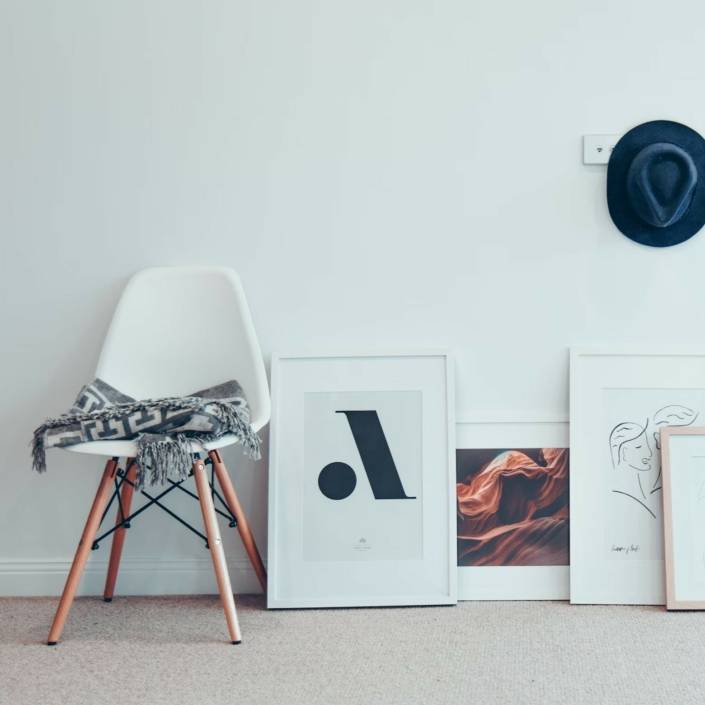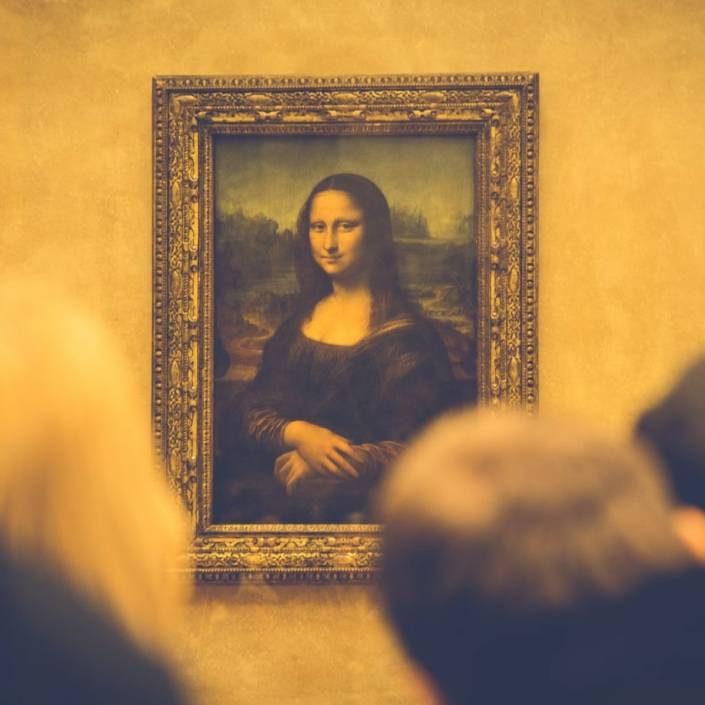Survey: What’s wrong with the art world?
I see the question “what’s wrong with the art world?” as what’s wrong with the art world. A question like that assumes there’s just one art world. It assumes there’s a set of binaries within that art world – an idea of being “in” or “out”. For me, there is not one art world but a number of art worlds that run simultaneously, each with its own unique challenges and opportunities. Ultimately, any art world without accountability by those in leadership roles is not one that is working in any way, that is effective, for anyone. Institutions, curators, collectors, gallerists, writers, scholars and all the many contributors who participate in the myriad structures of the art world must be accountable to artists and audiences in ways that are transparent and responsive to change overtime. An effective set of art worlds would exemplify the capacity to think about how things can be done better; under- score healthier ethical structures as being critical to well-being and aligned with the direction set by artistic practice; invest capacity in increasingly responsive ways of working that ensures artists are at the centre of all decision making-processes; and have the generosity to encourage spaces in which a range of audiences can engage across the depth and breadth of contemporary practice.
ALEXIE GLASS-KANTOR, CURATOR AND EXECUTIVE DIRECTOR, ARTSPACE SYDNEY
Audiences for the traditional white cube private galleries seem to be diminishing. In the same way that department stores see fewer shoppers who now buy online, social media and our websites seem preferred sites to visit than the physical space. Online galleries generally cater for the lower price point, there is little scholarship evident and no context for the work.
PAUL GREENAWAY, DIRECTOR, GAGPROJECTS | GREENAWAY ART GALLERY
Plastic! The amount of single-use plastic galleries use for shipping, wrapping… and the bagloads of old bubble wrap and other plastics that get thrown away every day from galleries. The plastic waste after art fairs is staggering!
ANONYMOUS
In Australia, a significant problem with the art world is the scale of our population and economy. While this lovely intimacy means strong connections across the country, it limits the number of artists, sales, salaries and scope. Our ambition is starved – and yet, as evident at this year’s La Biennale di Venezia, Australia is notable.
LOUISE MARTIN-CHEW, ARTS WRITER
Turn on Netflix and watch Velvet Buzzsaw.
EDWARD COLLESS, ART CRITIC AND LECTURER
There are plenty of things to detest about the art world; to hate about the fine arts communities we move within daily. The most disgusting aspect is the obsessive secrecy and the fact that some people are happy to answer questions like this anonymously. It is such a betrayal of the responsibilities of adulthood and the real need for open dialogue (with identifiable participants) around the shows our art institutions present. For anyone providing feedback on public exhibitions, it is obvious that the art world is fearful of transparency and uncurtailed discussion of its presentations. Commentators get very little feedback on their critical observations. Sincere conversations about issues are rare. Mutterings from disgruntled artists or curators tend to occur in private and often only become apparent years later. The reason is simple. There is always too little money around for the visual arts and those who have it are fawned over. “Gatekeepers” who guide the spending of collectors or patrons are feared for possible retribution for challenges to their opinions: they do not like their status being jeopardised.
JOHN HURRELL, ARTS WRITER, CURATOR AND ARTIST
As a key part of the arts ecosystem, collectors should play a significant and vocal role in addressing exploitative wealth extraction from the unpaid labour of artists in which they are complicit. Collectors primarily make a profit from the products of artists’ work, because artists continue to produce additional work on a largely unpaid basis. Artists don’t “make it” one day – that is a convenient myth. The art sector is well overdue for the fair remuneration of artists at every transaction of commission, sale or resale. Within the context of New Zealand – an environment where a lack of transparency and increasing deregulation are normalised – collectors should make greater demands on their galleries, auction houses and art advisors that they utilise as agents in their speculation. What collectors buy has direct consequences. Informed, ethical collectors exercise positive cultural power. Collectors can also advocate for artist resale royalty fees from both auction houses and dealer galleries, minimum artist fees and separate production budgets for commissioned projects (public or private), higher remuneration rates for art writers and other art professionals, the reinstatement of artist-dealer contracts, and greater parity and transparency in financial dealings. Please speak up – we need you.
EMIL MCAVOY – ARTIST, LECTURER AND ARTS WRITER
I’d like to see a push in Australia for more emerging critical discourse, particularly in wider-reaching publications – major newspapers, journals, magazines etc. Whether this be writers striving harder to be heard or publications giving younger voices a place next to established authors, Australian contemporary art writing is more than just stock-standard descriptive reviews of major institutional presentations, and the greater public has the capacity to both understand and enjoy something a little more aspirational.
SOTIRIS SOTIRIOU – DIRECTOR, COMA
The prices that art sells for in Australia are too low. In my experience the equivalent art, whether emerging or established, sells in Europe and the USA for more than double than it does in Australia. This undermines the whole ecology of the art industry here. Few artists, even established, can support themselves through their art. There’s not enough money in the system for galleries to support artists, particularly emerging, nor to compete on the world stage. The lack of money effects art magazines, art initiatives, the list goes on. Our experience at JAHM is that most people who visit us are interested in art, but don’t collect. They are educated, cultured, well-to-do and sophisticated, but are intimidated by contemporary art. The problem is obviously not with supply, as there is no shortage of artists, but with demand. The answer is not simple, but lies in every corner of the art industry.
CHARLES JUSTIN – DIRECTOR, JUSTIN ART HOUSE MUSEUM
Auction houses. Specifically how they exist at the top of the food chain and mostly refuse to feed into the scene they make money off in any way. The artists don’t get a royalty or percentage of the sales, the galleries who help build artist’s careers including funding publications and exhibitions, paying for framing of young artists etc… don’t get anything. Auction houses could help feed the foundation layer of the art scene by at least paying the writers they commission the going rate for art writing, but most refuse to or need to be cajoled into upping their rate.
ANONYMOUS
What’s wrong with the art world is that more often than not everyone is getting paid except the artist. I remember hanging work for a major show and the NSW minister came through with a retinue of at least four, and there were also several curators from the institution on hand, and I thought, “All of you are getting paid to be here and watch me working, while I am not getting paid at all. In fact, I had to pay $50 to enter this show, hire a ute to get my work here, and pay for all my own materials, never mind my hours of labour. I am out of pocket, and not getting a single cent for exhibiting. And neither are the other 60 artists in this show. What is wrong with this picture?
ANONYMOUS
I don’t think anything is wrong with the art world… except a lack of opportunities for women artists, lack of awareness of mental stress for working artists, the costs of running a bricks-and-mortar commercial gallery in this economy and the lack of true collectors in our current arts climate. I used to complain no one really supported or cared for you in the Australian art world. Then last year my gallery got badly flooded, a dear artist and friend died who I had worked with for over a decade, my mum died, my dog died and then my father-in-law died. And I found the art world by my side. I was overwhelmed with how supportive people were. So right now, I don’t think anything is wrong with the people in the art world, and business-wise we continue to show art, sell, take commis- sions and grow. In my most terrible year ever art people were there by my side. If you need to say what’s wrong with the art world, I just wanted you to know there is also a lot right.
ANDY DINAN– DIRECTOR, MARS GALLERY
This article was originally published in Art Collector issue 90, OCT – DEC 2019.








